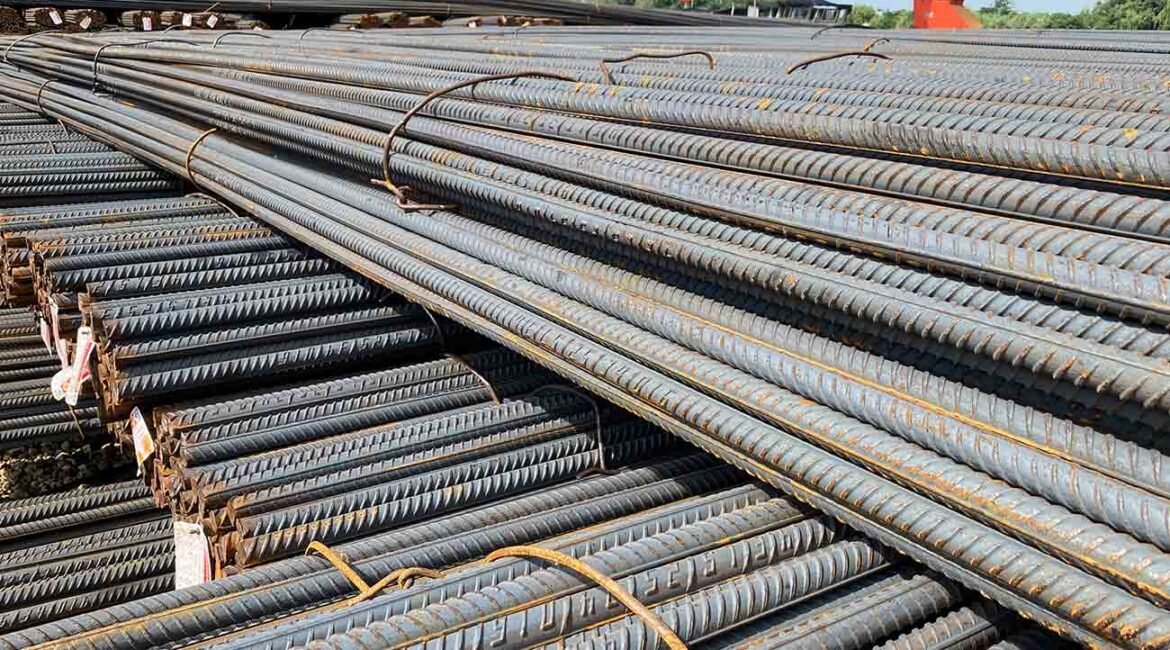The demand for steel from infrastructure projects is extremely huge. The following are some perspectives for analyzing the large demand and the approximate data:
Viewed from the classification of infrastructure
-
Transportation construction:
- Railways: For every 100 million yuan of investment in railway construction, the corresponding steel demand is approximately 3,300 tons. Each year, China makes a large-scale investment in railway construction.
- Highways: For every 100 million yuan of investment in highway construction, the corresponding steel demand is approximately 1,600 tons. Each kilometer of expressway consumes about 400 – 500 tons of steel. China’s highway network, especially the expressway network, continues to expand and maintain.
- Airports: For every 1 billion yuan of investment in airport construction, about more than 10,000 tons of steel are consumed.
- Ports: On average, the construction of each berth consumes about 2,500 tons of steel.
-
Energy projects:
- Construction of power stations, etc. For example, for every 100 million yuan increase in investment in the power and heat production and supply industry, the direct steel consumption for energy construction is approximately 1,400 tons.
-
Water conservancy construction:
- Such as reservoir, embankment, and irrigation area construction projects. For every 100 million yuan increase in water conservancy fixed asset investment, the direct steel consumption for water conservancy construction is approximately 500 tons.
Viewed from the overall scale
Infrastructure construction accounts for approximately 17 – 20% of the total steel consumption (corresponding to approximately 180 – 210 million tons of crude steel apparent consumption in 2021). The data for 2022 – 2023 are as follows:
- In the first three quarters of 2022, the main steel-consuming areas in infrastructure could directly drive steel demand of approximately 105 million tons; in the first three quarters of 2023, the main steel-consuming areas in infrastructure could directly drive approximately 117 million tons of steel consumption, a year-on-year increase of nearly 11.6%.
- In terms of proportion, infrastructure accounted for approximately 14.35% of the total steel consumption in the first three quarters of 2022, and approximately 15.6% in the first three quarters of 2023.
Viewed from the development trend
- During periods when the economy needs stable growth and other times, infrastructure is often strengthened as an important driving force, which will further drive a large demand for steel. For example, when the real estate market enters a downward cycle, the importance of infrastructure becomes prominent, and the growth of steel demand for infrastructure construction compensates for the decline in steel demand for real estate to a certain extent.
- The advancement of new infrastructure will also bring about certain steel demand, such as the construction of intercity high-speed railways and urban rail transit systems, ultra-high voltage projects, and new energy vehicle charging piles. In 2020, the investment scale of intercity high-speed railways and urban rail transit was approximately 318 billion yuan, with a total steel consumption of approximately 10.59 million tons. Changes in the investment scale of the State Grid’s ultra-high voltage projects will also have an impact on the demand for steel.
It should be noted that the demand for steel from infrastructure projects is also affected and restricted by various factors:
First, the investment progress and fund availability of infrastructure projects. If funds are tight and project progress is hindered, the release of steel demand will be delayed.
Second, the price fluctuations of steel. If the steel price is too high, it may lead to adjustments in the construction rhythm and plans of infrastructure projects, thereby affecting the actual demand for steel.
Third, technological progress and the development of alternative materials. In some non-critical parts or specific scenarios, if there are better alternative materials available, it will also reduce the absolute demand for steel to a certain extent.






